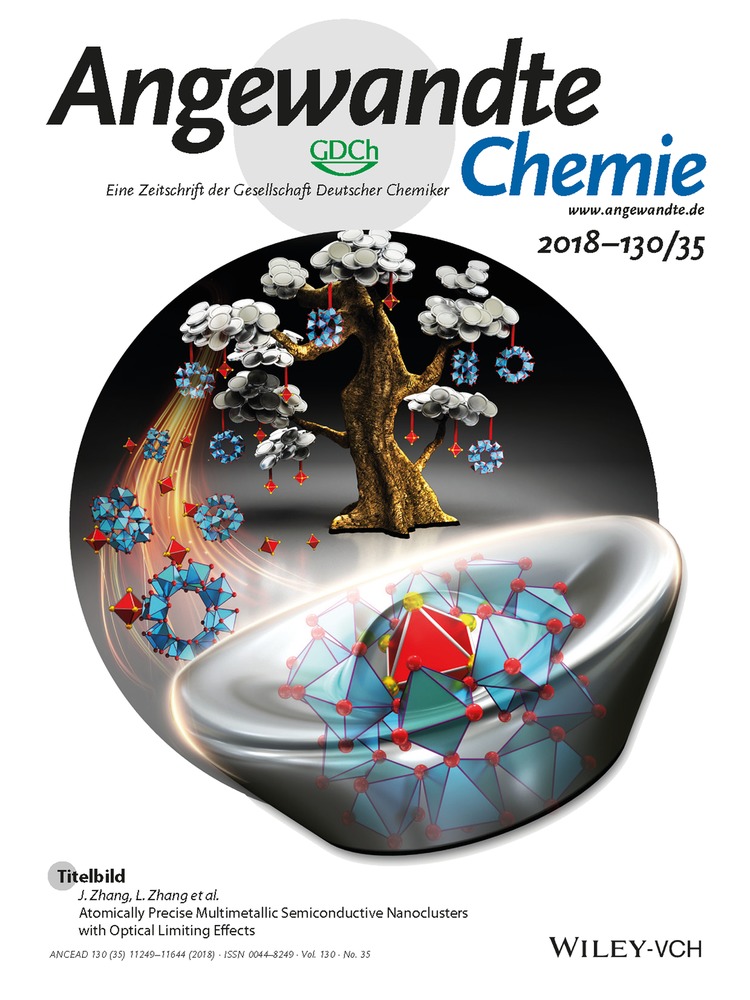Hydrophobic-Force-Driven Removal of Organic Compounds from Water by Reduced Graphene Oxides Generated in Agarose Hydrogels
Abstract
Hydrophobic reduced graphene oxides (rGOs) were generated in agarose hydrogel beads (AgarBs) by NaBH4 reduction of graphene oxides (GOs) initially loaded in the AgarBs. The resulting rGO-loaded AgarBs were able to effectively adsorb organic compounds in water as a result of the attractive hydrophobic force between the rGOs in the AgarBs and the organic compounds dissolved in aqueous media. The adsorption capacity of the rGOs was fairly high even toward reasonably water-soluble organic compounds such as rhodamine B (321.7 mg g−1) and aspirin (196.4 mg g−1). Yet they exhibited salinity-enhanced adsorption capacity and preferential adsorption of organic compounds with lower solubility in water. Such peculiar adsorption behavior highlights the exciting possibility for adopting an adsorption strategy, driven by hydrophobic forces, in practical wastewater treatment processes.




